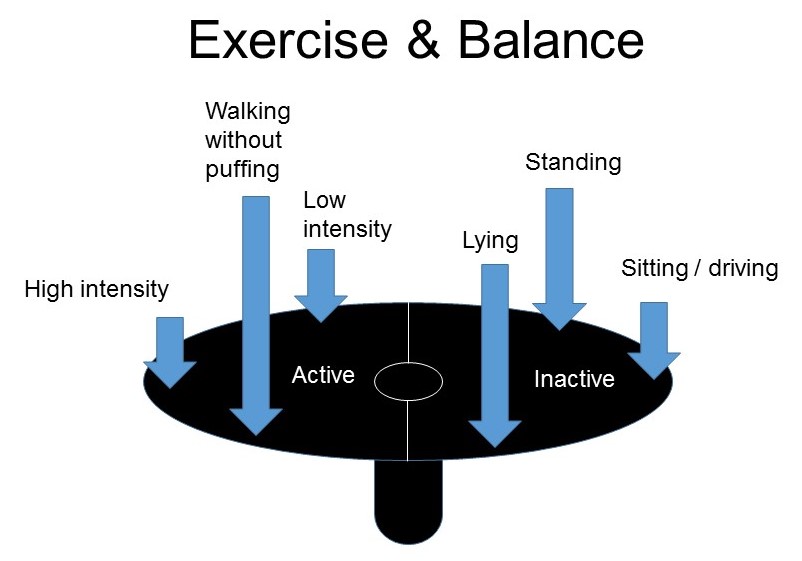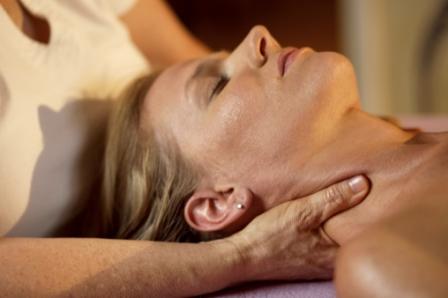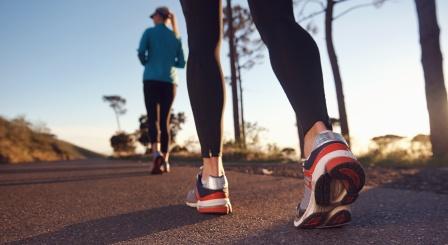
Running shoes are often prescribed based on arch height, degree of pronation they show when running and the latest trends like maximum cushioning and minimalist shoes. So how do you know what advice to follow and which shoes are right for you?
1. Arch Height
It is common practice to prescribe footwear based on the height of your foot arch, such as motion control shoes for people with flat feet and a cushioned shoe for people with high or stiff arches. This has previously been common practice but does not appear to affect the likelihood of sustaining an injury while running.
2. Pronation
Although over-pronation (too much rolling in) of the foot while running is often blamed for many running injuries, there is conflicting evidence to support this. It is unclear what a normal amount of pronation is and the difference between the movement of the shoe and the movement of the foot can be up to 20% while running, which makes measuring the amount of pronation difficult even with video analysis. If you cannot accurately measure pronation then fitting a shoe based on foot type becomes trial and error.
3. Trends
Over the years many trends regarding footwear have come and gone such as minimalist, anti-pronation and extreme cushioning shoes. It is important to consider that even people with the same foot type will respond differently to the same shoe. Therefore it is clear that one type of shoe will not suit everyone and buying shoes based on the latest trends can be erroneous.
So how should you choose what shoes to wear when you run?
1. Experienced Runners
Draw from experience, know what works for you and stick with it. Don’t be tempted by the latest trends and marketing, but if you are, incorporate the new shoe slowly and as an occasional change of pace.
2. New Runners
The most important thing to consider for a new runner is comfort. Try a few pairs on in the store and see how they feel. Initially staying away from extremes such as anti-pronation or extra cushioning shoes is a good place to start.
3. Runner with recurring injuries despite a change in shoes
Remember that shoes play a small role in sustaining most injuries and it is important to consider body mechanics, movement patterns and training habits when attempting to reduce injury risk.
If you are having recurring injuries while running, have a physio assessment to work out what is the best way to get you running pain free.
This blog is a summary of a great educational video from Kevin at Running reform http://www.runningreform.com/
Watch the original video at https://vimeo.com/126720173
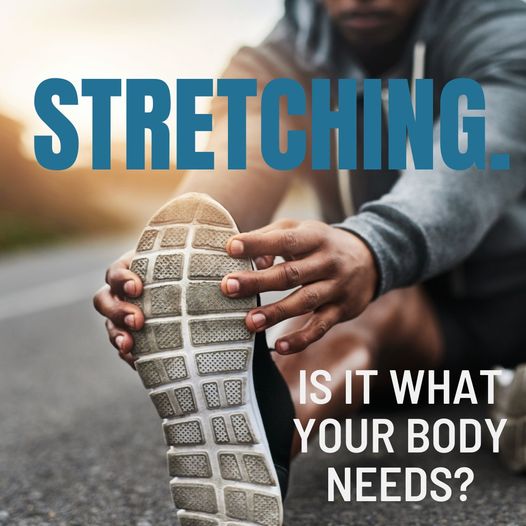

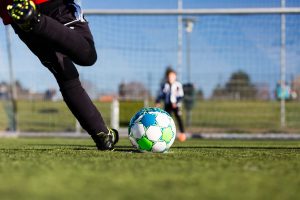 The NU Moves Physio team has recently completed a masterclass debating the best approach to manage and treat adductor pain and tendon problems with footballers. Journal articles were found and discussed relative to the NU Moves approach to diagnosis and treatment.
The NU Moves Physio team has recently completed a masterclass debating the best approach to manage and treat adductor pain and tendon problems with footballers. Journal articles were found and discussed relative to the NU Moves approach to diagnosis and treatment.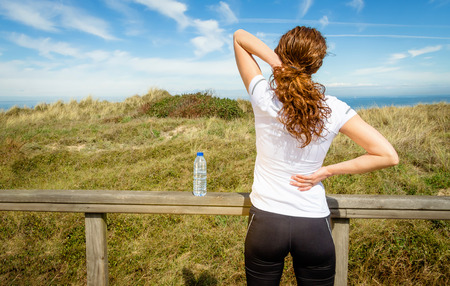
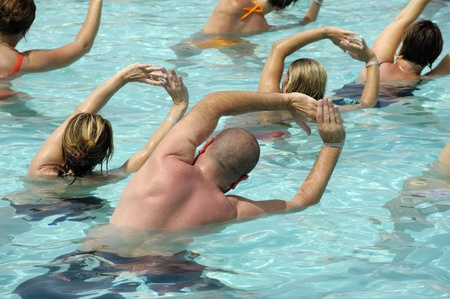

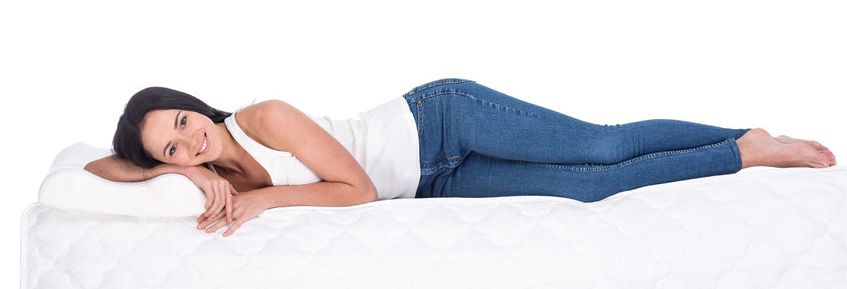 How do you know if your bed mattress is contributing to your back pain?
How do you know if your bed mattress is contributing to your back pain?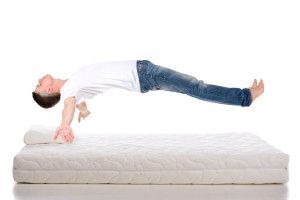 A mattress with poor support allows your spine to rest in an abnormal position and alters stress on the discs, joints and soft tissue in and around the spine. This can cause pain and stiffness. Identifying if the mattress is a contributing factor for a back problem is an important step in overcoming the problem.
A mattress with poor support allows your spine to rest in an abnormal position and alters stress on the discs, joints and soft tissue in and around the spine. This can cause pain and stiffness. Identifying if the mattress is a contributing factor for a back problem is an important step in overcoming the problem.